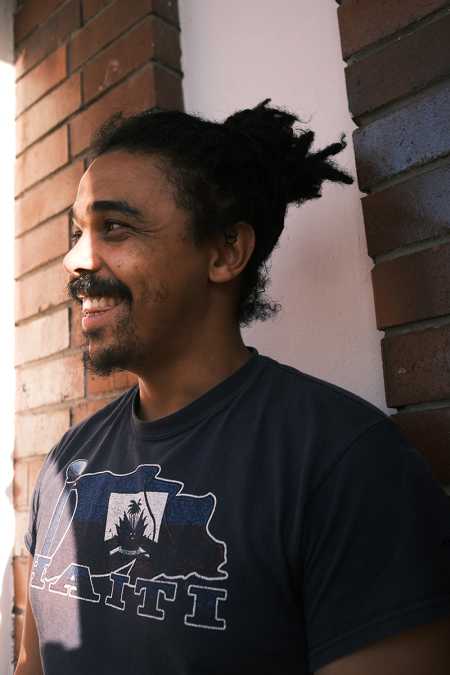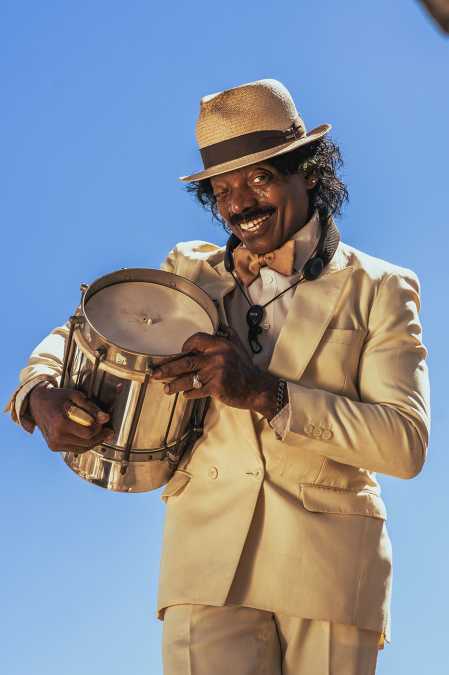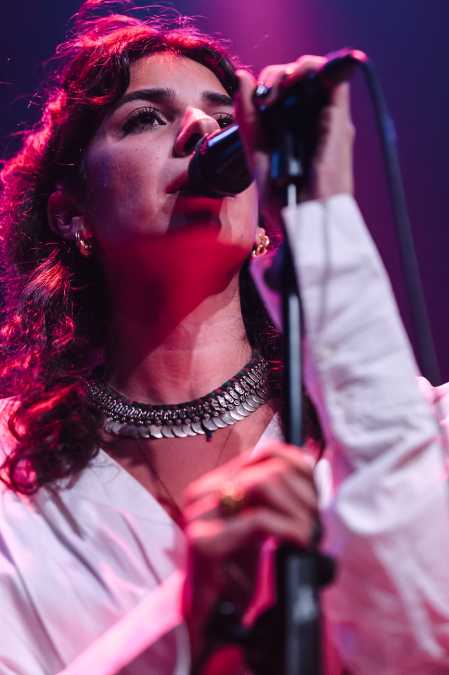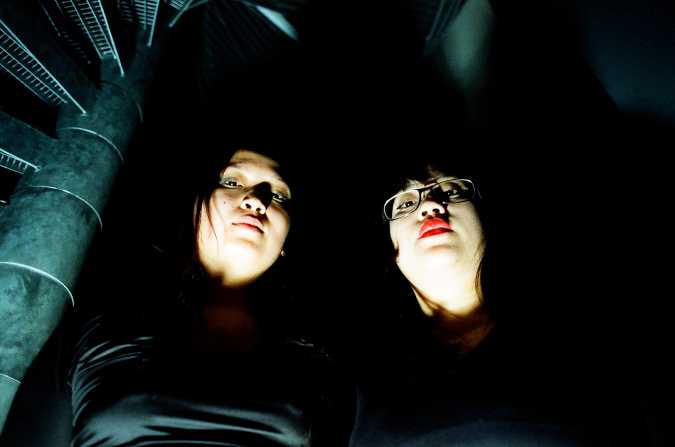This November, Le Guess Who? will feature a rare performance (their first European show in over 15 years) of Egypt’s Mazaher: a small group of mostly women musicians and singers who play Zar music: chanting songs and playing hypnotic polyrhythms used in a ceremonial event to cleanse the spirits and to clear away illness and discomfort.
We very much want to introduce you to the Egyptian ensemble, but figured that Nadah El Shazly is in a much better position to do so, since her connection to the group goes back much further. Nadah El Shazly is a producer, vocalist and sound artist from Cairo who previously performed at Le Guess Who? 2017, as part of Jerusalem In My Heart’s curation. She visited and spoke to the ensemble at Makan, Egyptian Center for Culture and Arts in Cairo.
You can also listen to this story – below or via your favorite podcast app.
As I approach Sa’ad Zaghloul shrine where Makan (Arabic for “a place”) lies since 2002, omitting a small light in a rather dark corner of downtown Cairo, I recall what it was like to walk into this place for the very first time.
I was 18 or 19 years old at most. In those years, I had found refuge in fronting a punk band, seeking pleasure in chaos, and being loud and noisy. I was told about a mind blowing performance that took place in Makan, and with little expectation and plenty of curiosity I entered, unaware of what was about to take place. The element of surprise is one of the best things about seeing Mazaher for the first time. Lack of information about Zar, makes it even harder to expect what you will hear, experience and witness. Hence I will do my best to keep the element of surprise unfettered for you, even though my aim here is to introduce the world of Mazaher to you.
.jpg)
Little did I know back then that I would continue to go back to this place for years to come, craving the noise, broken rhythms, and Madiha’s rusty yet sweet voice, which pulls you back no matter how far you drift off.
Zar is a ceremonial event where women gather to reconcile the spirits, be it in human form or not, clearing away illness and discomfort. The ceremony is led by women, chanting, drumming, dancing, and using polyrhythms to usher in trance, and to push the ailment out of the body. This practice has its roots in the horn of Africa, namely in Ethiopia, Eritrea, Somalia and Djibouti, later on travelling to Iran and North Africa. It became very popular in Cairo, and other cities in the Arab World, merging with the spiritual side of Islamic traditions.
.jpg)
From the 1930s until the 1980s, Zar was practiced in Cairo in the homes of people from different backgrounds. My grandfather recalls watching from behind closed doors as a child how his aunt danced frantically with other women in her house, and how he was mesmerized by the sound of the percussion and the singing. Zar however regressed to become a more secretive practice, when reformist and nationalist voices in Egypt deemed it backward and barbaric, while conservative Wahabi Muslims condemned it as blasphemous.
Misinformation about Zar continued to spread from the 1990s onwards, heavily stigmatising the practise. Other than the rare and very private home practice of Zar in Cairo today, and particular traditional events mostly outside of Cairo, Makan managed to document and preserve a performance version of Zar on a consistent weekly basis since 2002.
When I finally had the chance to sit last week with the chieftess of Mazaher, Madiha, she explained to me that I kept going back seeking release, and to preserve my sanity. She said that there is no right way for an audience to prepare for the show; just come, let yourself in, no need to know anything.
With a lot of misinformation circulating about Zar in Egypt, and the stigma attached to practising it, it has become more and more difficult to find accurate information and it is indeed a rarity to find someone in the new generation who still practices it. Madiha tells me about the ensemble, and how they met each other. She mentions that some knew each other since they were kids, while others didn’t meet until much later, when Ahmed El Maghraby, the founder of Makan put together the ensemble in 1998.
All Mazaher members have something in common however. They inherited Zar practise from their parents and grandparents, becoming themselves the bearers of the Zar tradition. The main instruments used in Zar are the voice and a frame drum called “mazaher” made out of animal skin, usually out of mule skin in Egypt. The tamboura, a six-string plucked lyra, as well as a leather belt adorned with sea shells and goat hooves are also commonly used in the ritual.
Madiha recounted the passing away of some Mazaher members, adding that one day when they all pass away, most probably this music will also wither away with them, with very few people left practicing Zar today.
.jpg)
Music forms a central part of rituals in many cultures and settings. Some rituals are public, such as national celebrations. Others are less public, almost secretive, like many religious and mystical practices and burial ceremonies. Indeed, music and dance are thought of in various traditions to provide a canvas for communion and even aid souls to ascend to higher planes.
Most of the time however, contemporary ritualistic music and private ceremonies are relegated to a static past, frozen in time - instead of being understood as continuing and evolving practises - foreclosing their potential as cumulative fluid movements on a par with other contemporary practises. Mazaher ensemble is an example of how traditional and folkloric music is not meant to be frozen and displayed in museum-like contexts, least of all for its strong resonance with and engagement of audiences mentally and physically until today, and the openness of the members of the ensemble to embrace different influences and instruments in their performances time and time again.
Nadah El Shazly
Cairo
May 2021
Photography by Arno Mery
Thanks to Sarah El Miniawy




